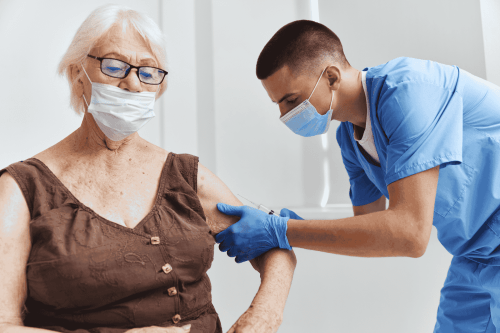According to the Congress Report, there are more than 40% Americans without dental insurance. The cost of dental care to many Americans is outrageous. Unfortunately, this leads to international dental tourism as a final solution. Many patients end up traveling and paying a fraction of the cost in bordering countries. Tourists spend over $200 million in Costa Rica according to The Washington Post.

The real price:
American patients spend over $2 billion on medical and dental tourism according to the Economic Bureau. The center for disease control, CDC, warns tourists against foreign healthcare due to lower standards. The lower standards arise from not having the FDA and the CDC supervise these offices. Consequently, even if the price tag is much lower, there is still a good chance of mistreatment or infections.
Facilitators:
Many dentists and medical staff employ a contractor who makes commission out of patients. The contractor can help arrange the transportation, hotel, and aid in selecting a doctor. Sometimes, the contractor does not even charge the patients, just the clinics which is very cost-friendly. Typically, facilitators can be local or foreigners but they have extensive knowledge of the area and they speak the language. Although many of the clinics speak English to some extent, it can still be very helpful to speak the local language.
Benefits:
Not only is the cost much cheaper, but many patients get to be seen immediately. Unfortunately, in the United States, many patients have to make a appointment and wait for a while. The largest portion of dental expenditure is Prosthodontics and restorative treatments. Currently, the most dominant market is in Asia which included India and Thailand. Another perk for abroad dentistry are the quotes they provide. A majority of them provide the patients with an exact price to know what to expect to pay.
Dentistry in the US:
Over 74 million Americans lack dental insurance. Not only are dental insurance plans expensive, they usually require a 50% copay. Unfortunately, a dental crown costs between $800-1000 while it can be purchased for less than 50% in other countries. The high cost leads to a deterioration the oral health especially if the patient is not taking care of their teeth. Ultimately, since oral health is directly linked to general well-being, this can have deleterious effects on the body. Patients have the final say in their choice of dental care depending on their resources and time.



